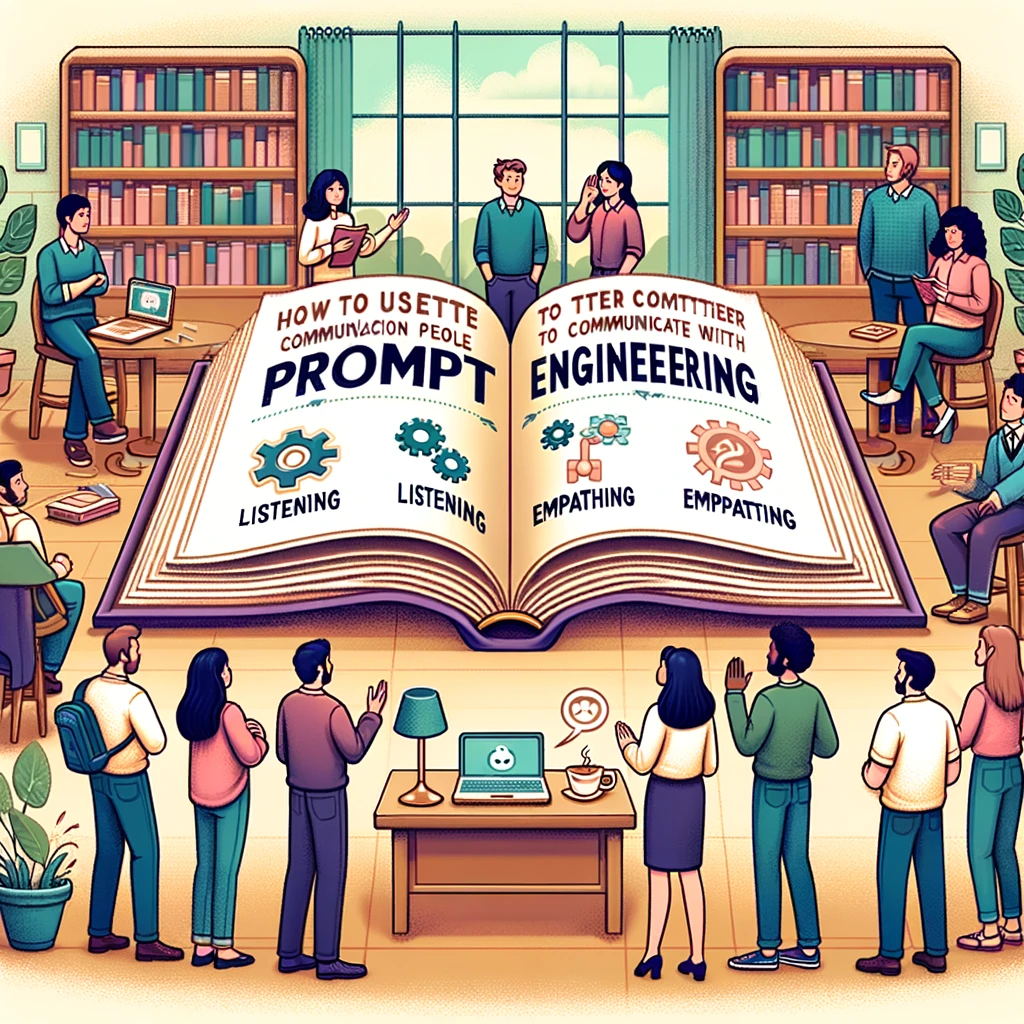In the world of business, effective communication with stakeholders can make all the difference. To ensure the smooth flow of information and gather valuable insights, mastering the art of prompt engineering is essential. Let’s explore how to engage with stakeholders using well-structured prompts, based on the experiences of professionals who have studied over 40 organizations.
The value of stakeholder insights
Effective communication with stakeholders, including employees, partners, and customers, goes beyond the capabilities of generative AI tools. While technology can assist in many ways, it is crucial to remember that these individuals possess contextual knowledge and insights that are often unparalleled. Engaging with them effectively can unlock a wealth of information.
Satoru Iwata’s trailblazing example
Satoru Iwata, the former CEO of Nintendo, serves as an exemplary figure in harnessing insights from stakeholders. Iwata personally conducted a series of interviews over nine years, involving employees, industry experts, and developers involved in Nintendo’s game and hardware creation. His goal was simple yet powerful: to gather their insights and use them to steer the organization forward.
For instance, during interviews about Nintendo Wii hardware, Iwata discovered conflicting opinions among engineers regarding the decision not to match industry rivals Sony and Microsoft in sheer console power. By probing key stakeholders, he gained new perspectives and insights, helping to resolve issues within the organization.
Practical advice for engaging stakeholders
Structure your prompts
To elicit detailed and expansive responses from stakeholders, it’s essential to frame your prompts effectively. Utilize open-ended prompts, such as those beginning with phrases like “Can you tell me about…” or “How did you go about…,” to invite in-depth insights. Comparative prompts can also be valuable for exploring differences and similarities in conversations, drawing out opinions.
Additionally, prompts focusing on the future, such as plans and aspirations, encourage stakeholders to discuss their visions and expectations, shedding light on upcoming developments and prompting critical thinking.
Use reflective and thoughtful probing
Reflective and thoughtful prompts demonstrate your understanding of the conversation’s intricacies. When stakeholders need to explain technical information, show your comprehension by asking relevant questions. For example, “I understand the technical requirements of [product X], how do they differ for [product Y]?” encourages stakeholders to share technical insights confidently.
Encourage storytelling and sharing experiences related to business processes. This not only engages stakeholders but also prompts them to share their own stories and experiences.
Use empathetic language and show humility
Infuse your prompts with empathetic language to establish personal connections with stakeholders. This approach fosters an open and honest dialogue, making stakeholders feel comfortable sharing experiences and opinions. For instance, a prompt like, “I can see very clearly how difficult that situation must have been,” shows empathy and understanding.
Moreover, acknowledging and appreciating stakeholders can build positive reinforcement. Display humility by admitting when you don’t understand something, using prompts like, “Can you explain that to me again so I’m sure that I understand?” This shows that you value their time and knowledge.
Some humor adds positive energy
When appropriate, injecting humor and playfulness into prompts can create a relaxed atmosphere, making stakeholders more likely to share candid opinions. Sharing funny stories or using gentle self-deprecation can lighten the mood and enhance engagement.
Additionally, prompting stakeholders to reflect on past experiences that evoke emotions, such as nostalgia or excitement, can yield deeper and more valuable insights. Expressing your own enthusiasm can ignite similar emotions in stakeholders, fostering anticipation and openness about lessons learned.
Embrace key challenges
Embracing challenges and difficulties is essential. Create an environment where stakeholders feel comfortable discussing both successes and failures, leading to a comprehensive understanding. Use prompts like “What were some of the main challenges you faced?” and “Can you share some of the difficulties your team encountered and how you overcame them?” to gather rich insights about current challenges.
Following up by offering your own advice and experiences can further enrich the discussion.
Be a patient listener
Active listening is paramount. Show genuine interest and engagement in what stakeholders are saying. Make them feel heard and valued by taking notes and offering words of acknowledgment, interest, and gratitude. Even if a stakeholder offers a lengthy response, maintain a relaxed cadence in your prompts to reassure them that you are willing to listen.
Optimizing the guidelines
Different situations may require the application of these guidelines in various ways. Stakeholder discussions can be woven into different settings, from everyday meetings and performance reviews to corporate retreats and informal situations like working lunches. Keeping these guidelines in mind will help gather key information from stakeholders that generative AI cannot provide.
Mastering the art of prompt engineering in stakeholder communication is a valuable skill that can drive organizations forward. By structuring prompts effectively, using reflective probing, conveying empathy and humility, infusing humor and emotions when appropriate, acknowledging challenges, and being an active listener, professionals can unlock the wealth of insights that stakeholders have to offer. In a world where effective communication is paramount, these strategies provide a competitive edge.





